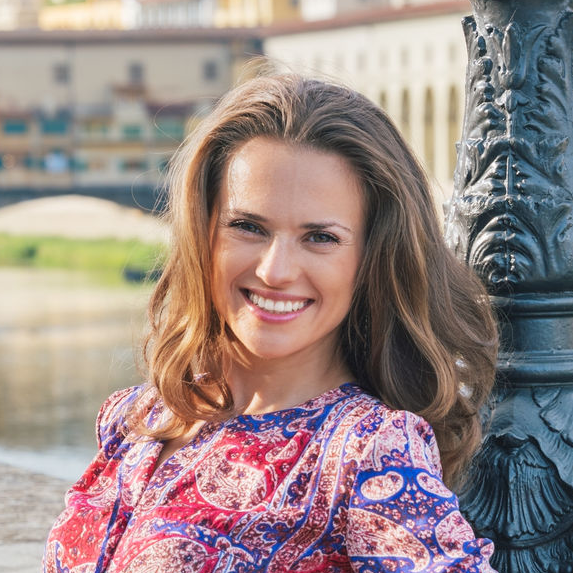By far one of the oldest countries in the world, Portugal is today a popular tourist destination for travelers from all over the globe.
The country consists of a thin rectangular strip of land on the western side of the Iberian Peninsula. This Peninsula includes both Spain and Portugal. It is approximately 35,672 square miles and two groups of islands in the Atlantic Ocean, the Madeira Islands and the Azores Archipelago, belong to Portugal. For more information about its location see this very good map of Europe.
The landscape in Portugal is varied. From northeast to northwest, much of mainland Portugal isCoastline made up of plains broken up by mountains. The northern part is hilly, while fertile and densely populated regions characterize the northwestern area. The northeast is mainly mountainous.
The population of Portugal is slightly more than 10 million. Amongst this population can be found several ethnic minorities which live in the large cities like Lisbon. Lisbon is the capital city. These minorities include Africans, Cape Verdeans and a small Jewish population. This page has several facts of interest on Portugal.
Almost two-thirds of the entire Portuguese population lives in rural areas. They live their lives here by following the pattern of the seasons and the growing and harvesting of crops. Along the coast many fishing villages are located. The people here are very dedicated to their traditional way of life. It is a testimony to the will power of the Portuguese fishing people that they have not turned to the lucrative tourist industry that frequents their villages during the summer months. As has been the case for countless years, their tools of trade are still small fishing boats with trawling nets.
Life in the big cities is in marked contrast to what you will find in the rural areas. In Lisbon, for example, most people live in apartment blocks near to the centre of the city. Many of the old buildings still retain many of their original features. In fact, some of the streets in Lisbon are so narrow that light rarely filters through them. You can go here to learn more about Lisbon.
The architecture of Portugal is typically marked by low, rectangular designs. Romanesque and Renaissance styles are the hallmarks of Portuguese designs. Portugal's churches and palaces are cross-shaped and many consist of columns and semicircular arches. See many samples of Portuguese architecture here.
Portuguese foods vary according to the ingredients that are available from one region to another. Along the coast fish and shellfishVariety of food are common. In the north pork meat and pork is very popular. Portuguese people value their eating habits so highly that many will travel for miles just to eat the specialty of a region. Now how is that for dedication?
Images used in this text
Porto, Portugal by Rick Ligthelm available under CC BY 2.0

Comments